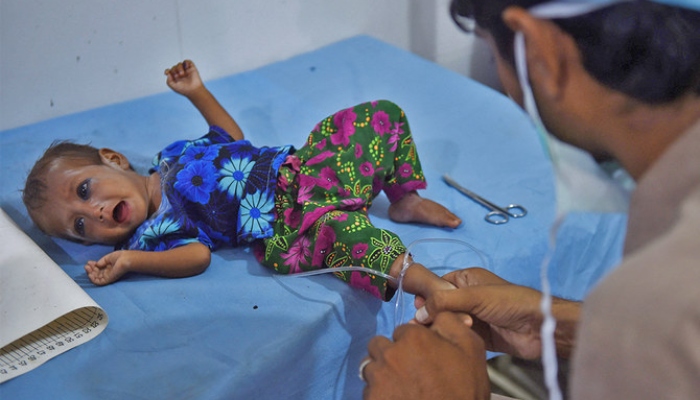
- 34% of children under five are stunted nationwide.
- Stunted growth is seen as the main consequence of inaction.
- Pakistan has the highest prevalence of stunting in South Asia.
ISLAMABAD: Due to the ongoing undernourishment crisis, Pakistan is bearing a huge annual economic cost of $17 billion (Rs 4.733 trillion), or 4.6 per cent of its gross national income (GNI), News reported.
Four main indicators were used to determine the economic impact of undernutrition: stunting, low birth weight, childhood anemia, and anemia among adolescents and girls.
Nutrition International (NI) recently published a report containing these shocking revelations. Given that 34% of children under the age of five are stunted nationwide, stunting has been identified as the main consequence of inaction.
Despite efforts to address this problem, 34% of Pakistani children under the age of five are stunted, 22% of newborns have low birth weight, and 53% of children aged 6 to 59 months suffer from anemia. These conditions lead to cognitive losses, increased school dropouts, and reduced productivity, further compounding economic challenges.
Stunting alone costs the economy $16 billion per year, or 4.2% of GNI. With more than 10 million children affected and two million new cases reported each year, stunting results in a loss of 21 million IQ points and 3.3 million school years each year.
“Pakistan ranks 18th in the world and has the highest stunting prevalence in South Asia,” the report notes, highlighting the urgent need to achieve the World Health Assembly (WHA) target ) to reduce stunting by 40% by 2025.
